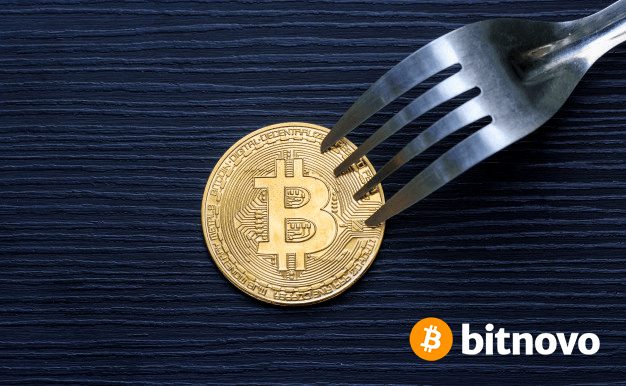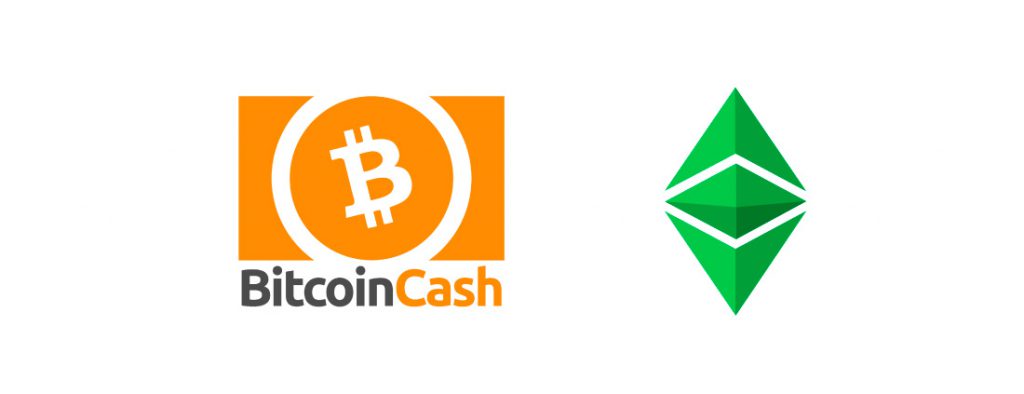
What is a Hard Fork in a Blockchain
Any fan of the Blockchain and Cryptocurrency world will surely come more than once across the term Hard Fork.
That is why today we will try to clarify the meaning of this term and explain in detail what is a Hard Fork and what effects it produces in the world of crypto.
The term Hard Fork means “fork” or “split“ and, in the specific case of the Blockchain, a Fork generates a split of the same into two chains, one of them will be the original and the other the new one.

At the same time, after the fork, the two chains and the respective transactions will no longer be compatible, while the blockchain continues to maintain the transaction history that occurred until the Fork.
In addition, it is important to remember that the fork guarantees the owners of the tokens of the old cryptocurrency the distribution of the equivalent in the new one, that has been generated with the Fork.
At the same time, the miners will be able to decide if they will remain in the original blockchain or if they will move to the new one, as long as they share their characteristics and objectives.
A Hard Fork can occur for different reasons and can take two forms: Planned or Contentious, although the idea behind the Hard Fork is to overcome some limits and implement important functions for the software code of a token, in order to improve its scalability and governance problems.
Generally, among the most common reasons that lead to a Hard Fork, we find:
- Code updates or bug fixes – Planned Hard Fork
This is the most common case, due to the need to update or correct errors in the source code of a token.
An example is the blockchain of Ethereum, which was submitted to a fork for the resolution of an error that caused, in June 2016, the hacking of the DAO (Decentralized Autonomous Organization) and the consequent theft of around 3.6M Ether.
- Lack of consensus – Contentious Hard Fork
Since all the changes that take place in the code of a token are adopted by the same participants of a network, if they own enough tokens, and in case of lack of consensus of the nodes that keep the blockchain alive, it will be decided to create a new token with its own blockchain, resulting in a Hard Fork.

The Hard Fork of the Ethereum network, is one of the best-known examples.
As mentioned above, on June 17, 2016, a failure in the Ethereum blockchain code, which caused the theft of around $ 40 million in Ether, led the Ethereum Community to consent to a Hard Fork, from which Ethereum Classic (ETC) arose, and through which it was decided to “restore” the stolen funds, returning to the version of the blockchain in which the funds had not yet been touched. At the same time, a new chain was developed, in which robbery was taken into account.
Bitcoin Cash ( BCH)
One of the most significant examples of Hard Fork related to the contentious is surely the creation of the token Bitcoin Cash (BCH).
On August 1, 2017, the new cryptocurrency was launched by the will of a group of miners, developers, investors and users, who decided to split the original Bitcoin blockchain and create a new version that was going to overcome some of its software limitations.
The objective of the Fork and the creation of BCH was to increase the size limit of the block from 1 MB to 8 MB and, therefore, increase the number of transactions that the network, until that moment, was capable of processing, which would have guaranteed a drastic reduction in commissions paid by users.

A Soft Fork is produced by an update of the software that will replace and modify the previous code. This change is based on the consensus of the network nodes that implement the update.
Therefore, a Soft Fork differs from a Hard Fork for reasons of compatibility between the chains.
While the Hard Fork splits the blockchain into two blocks, which will be subject to different rules and, therefore, will be incompatible with each other, the Soft Fork occurs with a modification of the software that replaces the previous code and continues to be compatible with the previous versions.
With the Hard Fork, usually a new token/coin will be created, while with a Soft Fork this does not happen.
After having explained in detail the meaning of Hard Fork and the characteristics that differentiate it from a Soft Fork, we hope that now the two terms have been much more clear and familiar.







